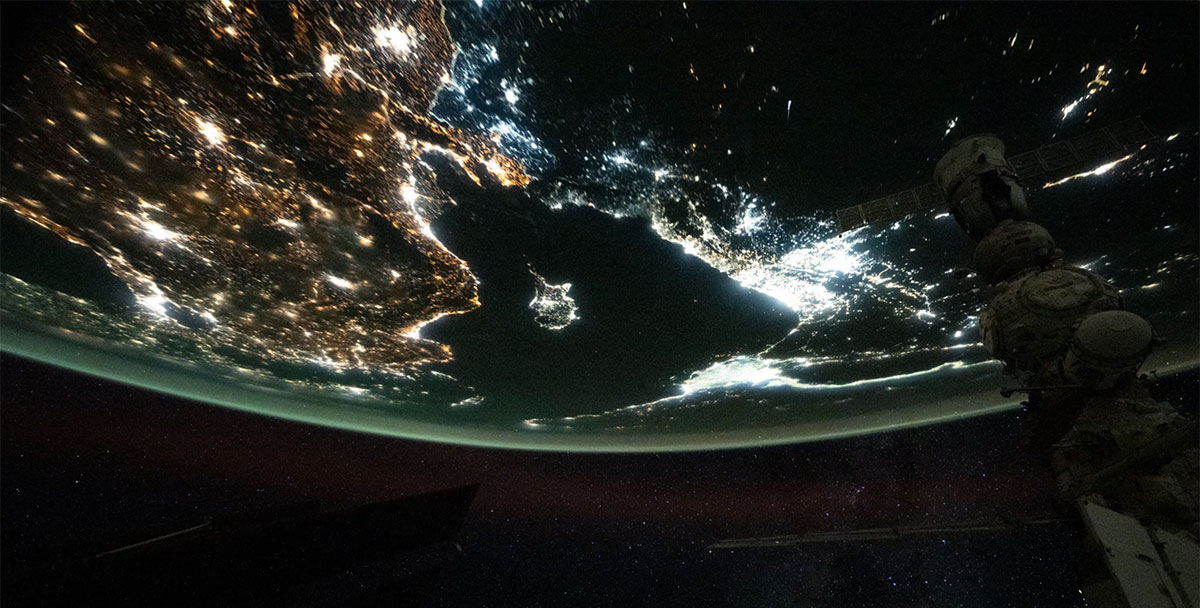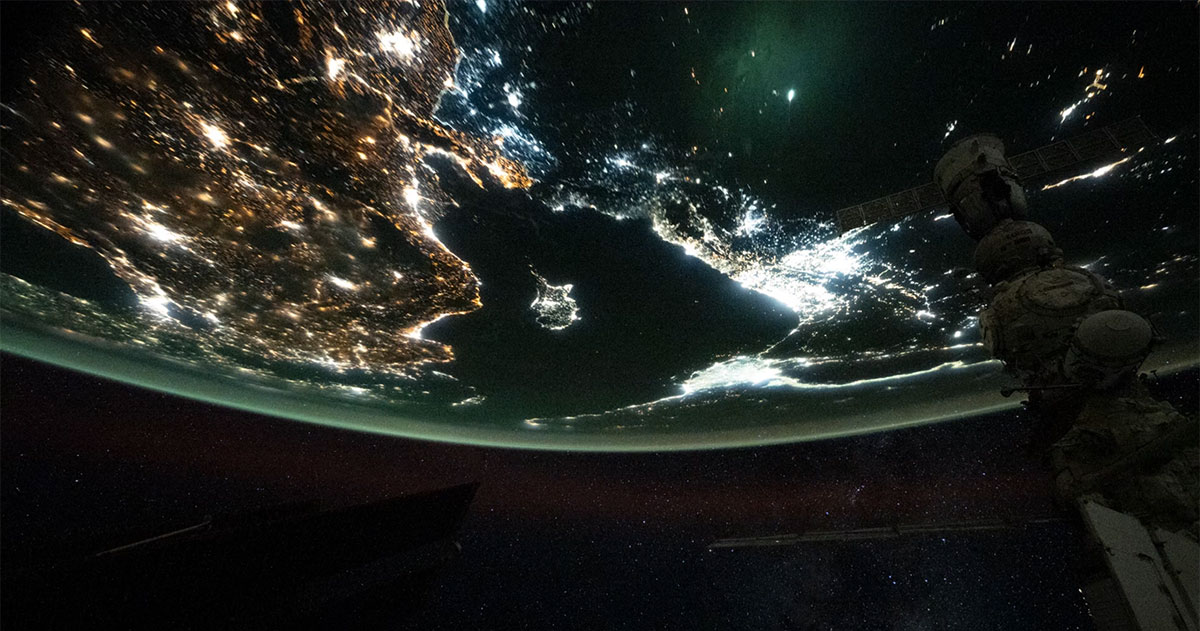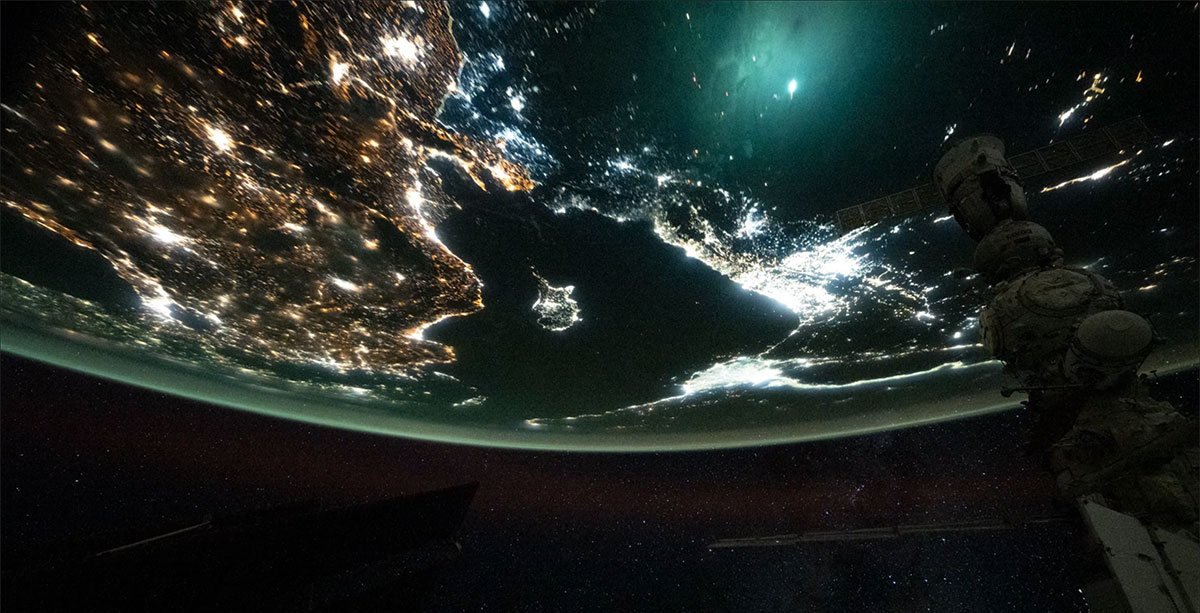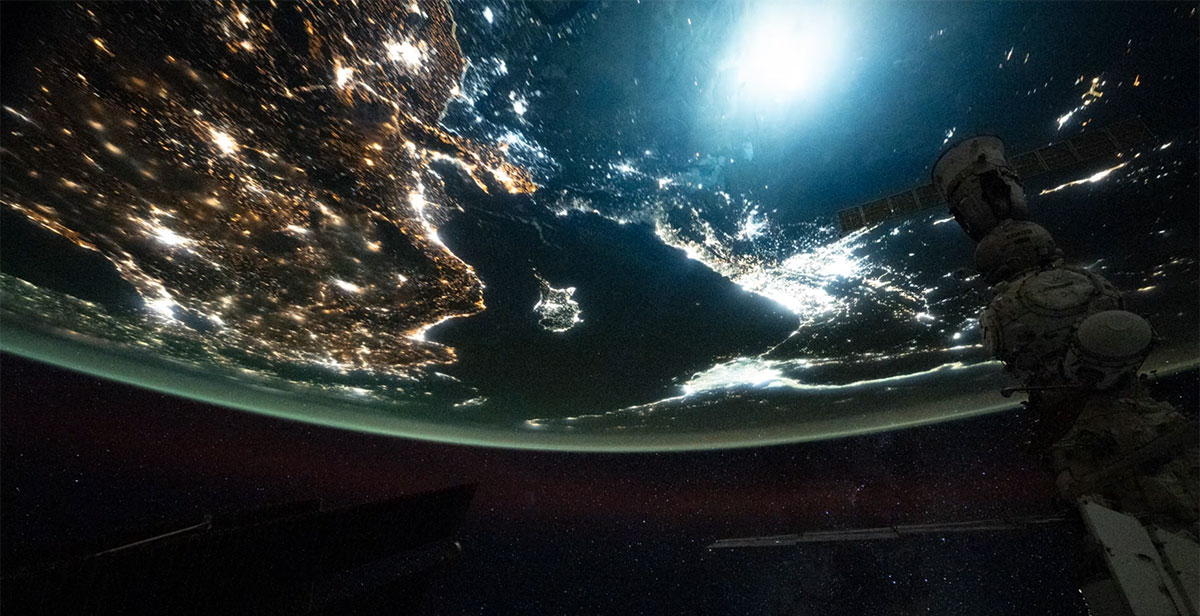Astronaut captures footage of meteorite exploding in Earth's atmosphere
Besides their daily tasks of conducting a series of scientific experiments in microgravity conditions every day, astronauts on the International Space Station (ISS) sometimes also spend time admiring the scenery from 'million dollar' views as an effective form of stress relief.
NASA astronaut Matthew Dominick recently shared an extremely rare image he happened to capture while sightseeing on the International Space Station (ISS). It was a huge collision that took place on Earth, but not a war or any other man-made horror, but the moment a meteor exploded upon hitting the planet's atmosphere.




This pale greenish-blue light just above the Nile River basin is believed to be a type of super bright meteor that occurs when a piece of a rocky asteroid or icy comet enters Earth's atmosphere and burns up, creating a bright flash. Dominick captured the event by pure chance as the ISS flew over North Africa on September 2.
It's a busy time for interactions between Earth and asteroids. On September 4, an asteroid tracked as 2024 RW1 was also observed as a bright green fireball streaking from the Earth's surface as it burned up violently over the Philippines. Fortunately, no one was injured, nor was any damage to infrastructure reported.
The Philippines event is one of the few cases where an asteroid was identified before it hit Earth. Astronomers detected the object about eight hours before it hit the atmosphere, allowing them to plan observations well in advance of the impact. With increasingly sophisticated asteroid-watching technology, space observers are now better able to predict the impact of objects floating in space before they actually hit Earth.
 6 benefits of playing games on laptop
6 benefits of playing games on laptop Instructions for creating playlists in TikTok
Instructions for creating playlists in TikTok 7 Things Windows PCs Can Do That Macs Can't
7 Things Windows PCs Can Do That Macs Can't How to turn off auto formatting in Excel
How to turn off auto formatting in Excel 5 Reasons People Prefer Password Login Over Email
5 Reasons People Prefer Password Login Over Email How to play retro PC games on iPhone
How to play retro PC games on iPhone